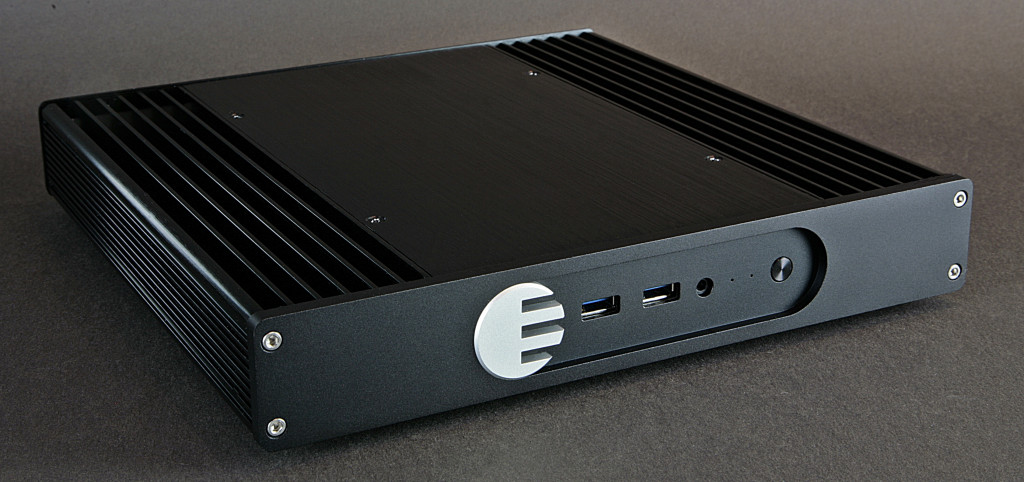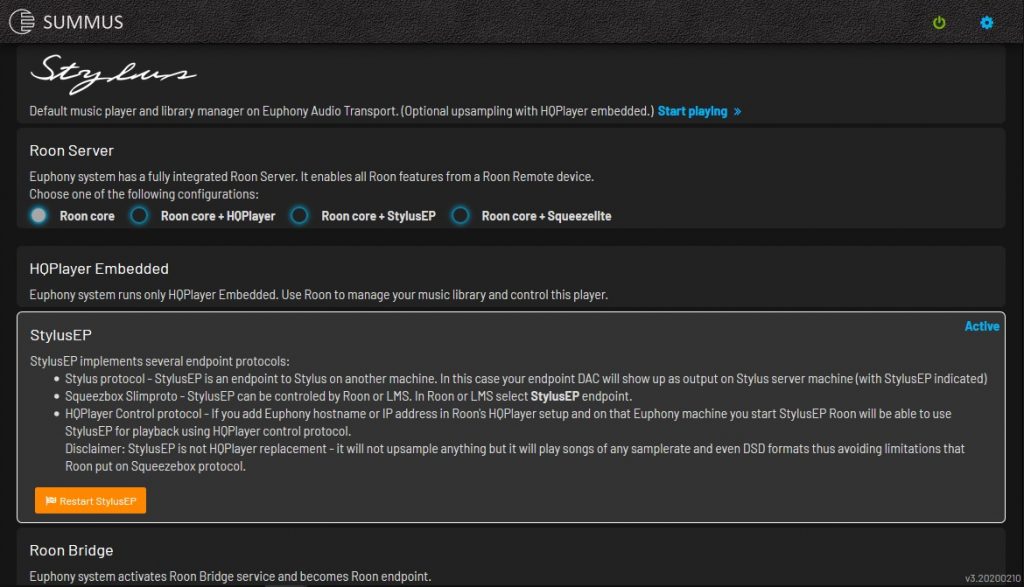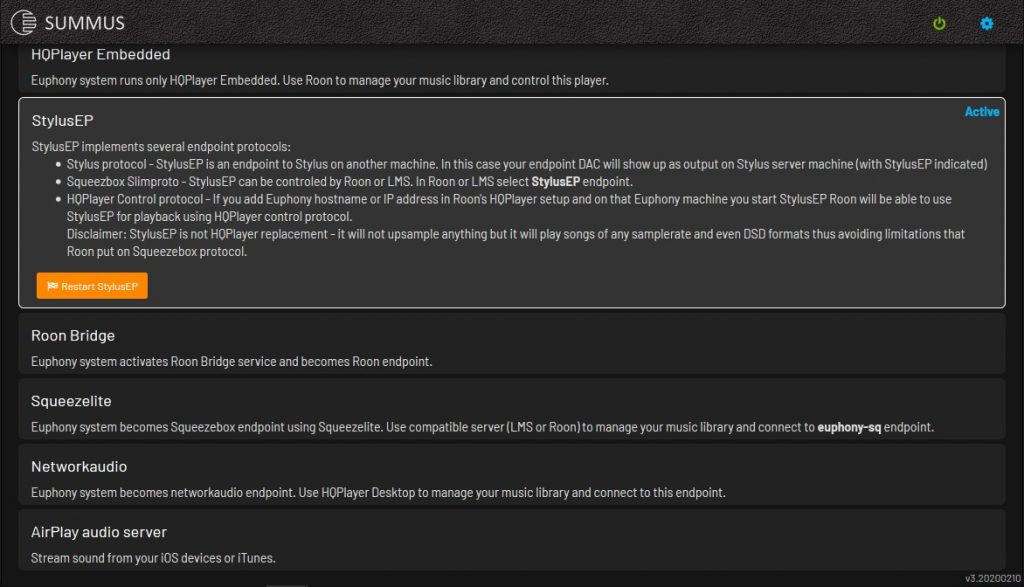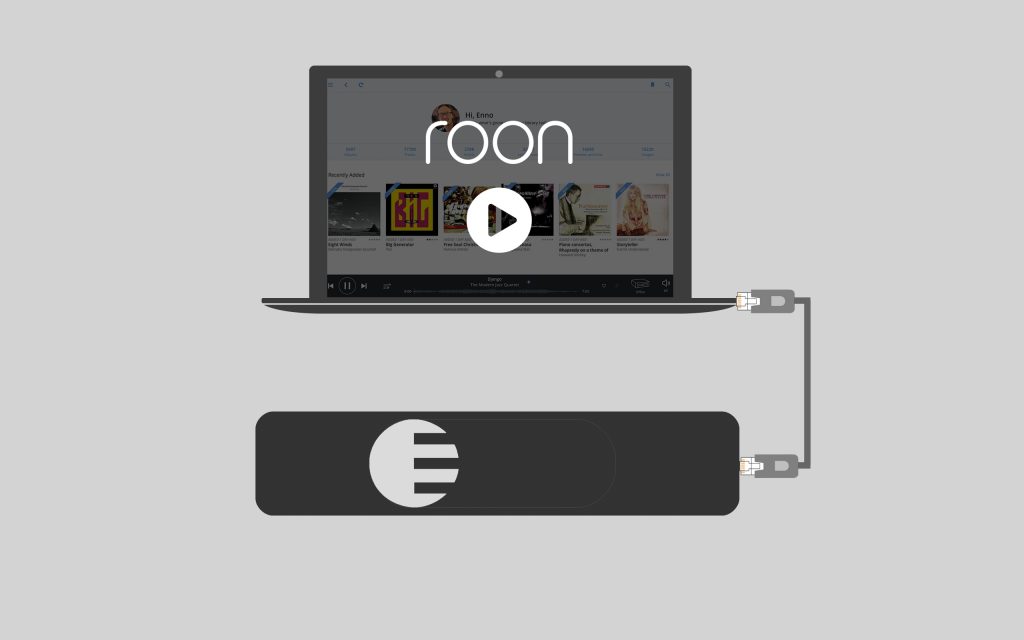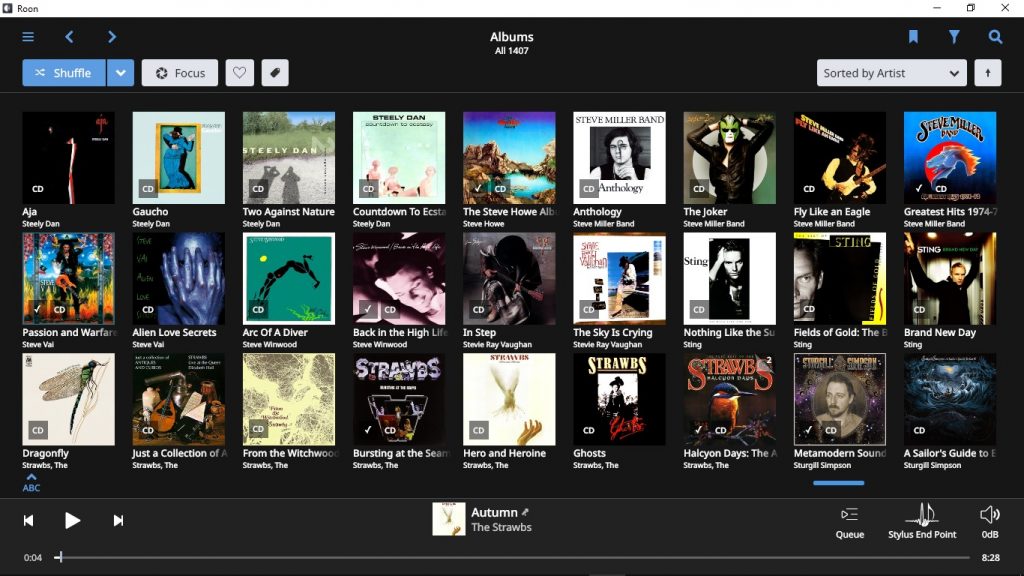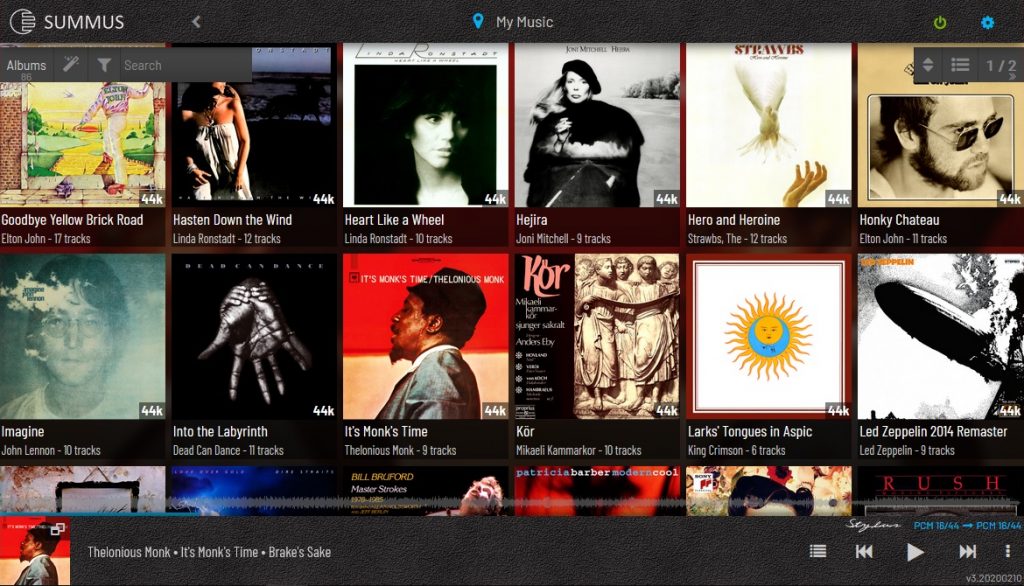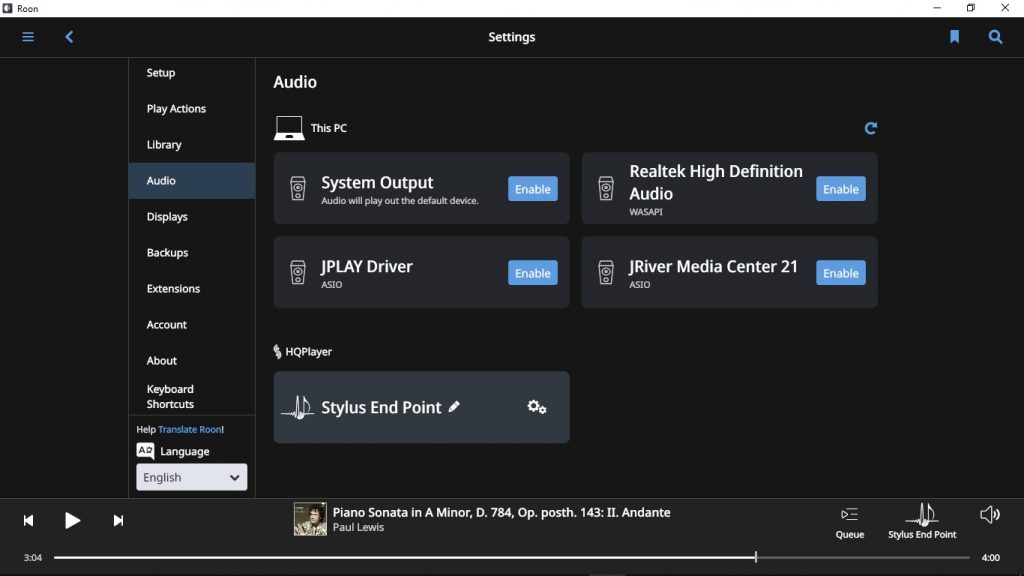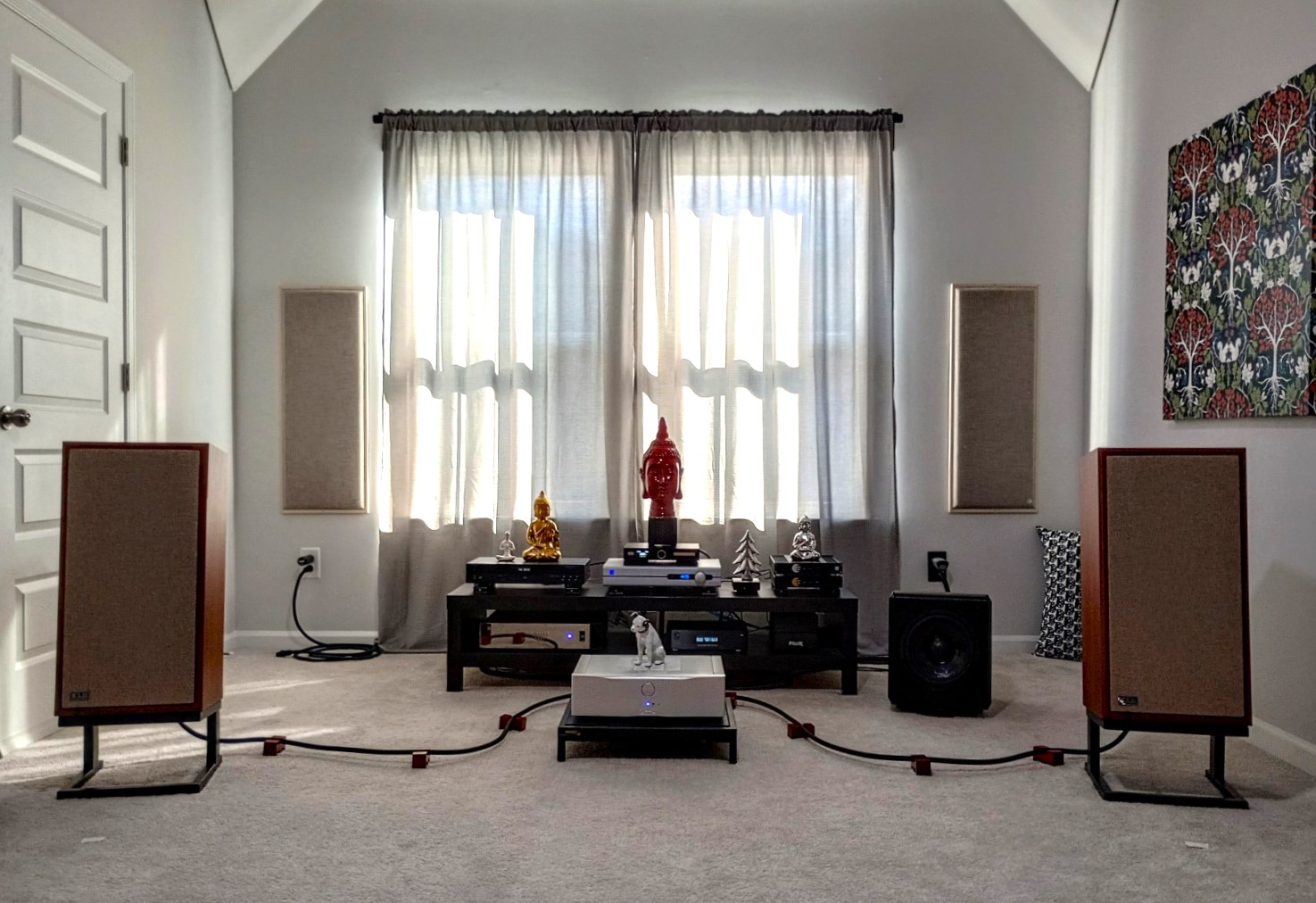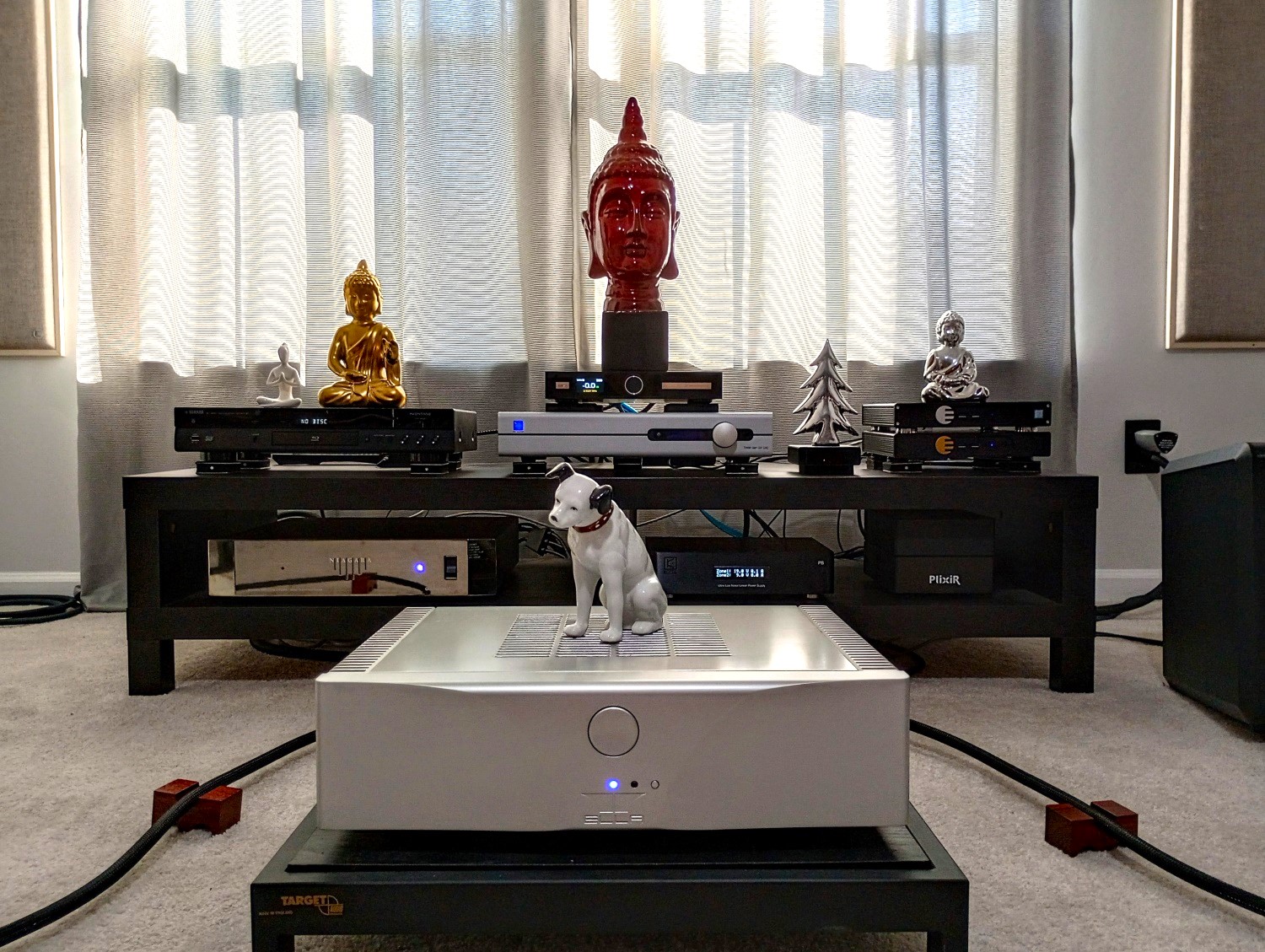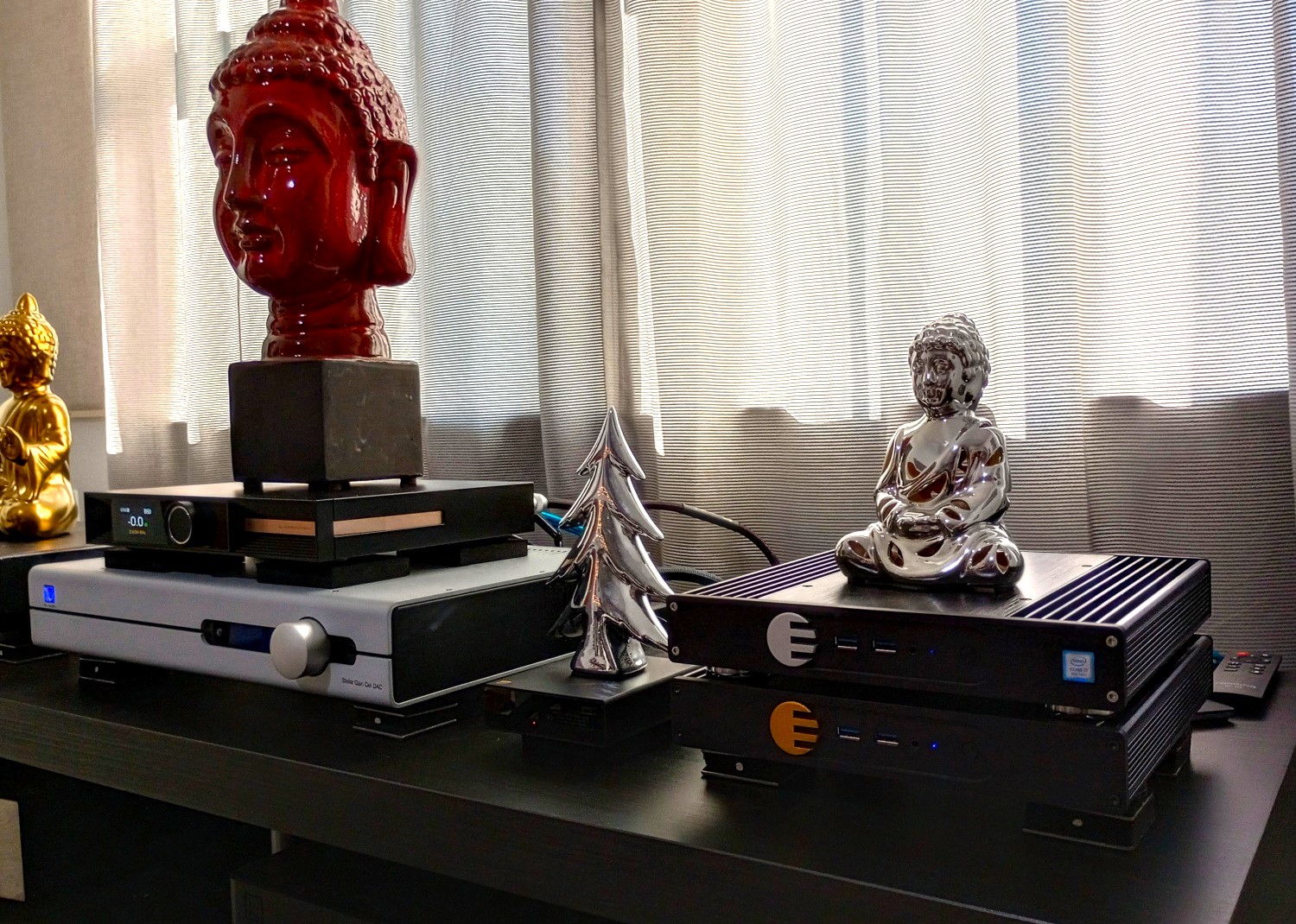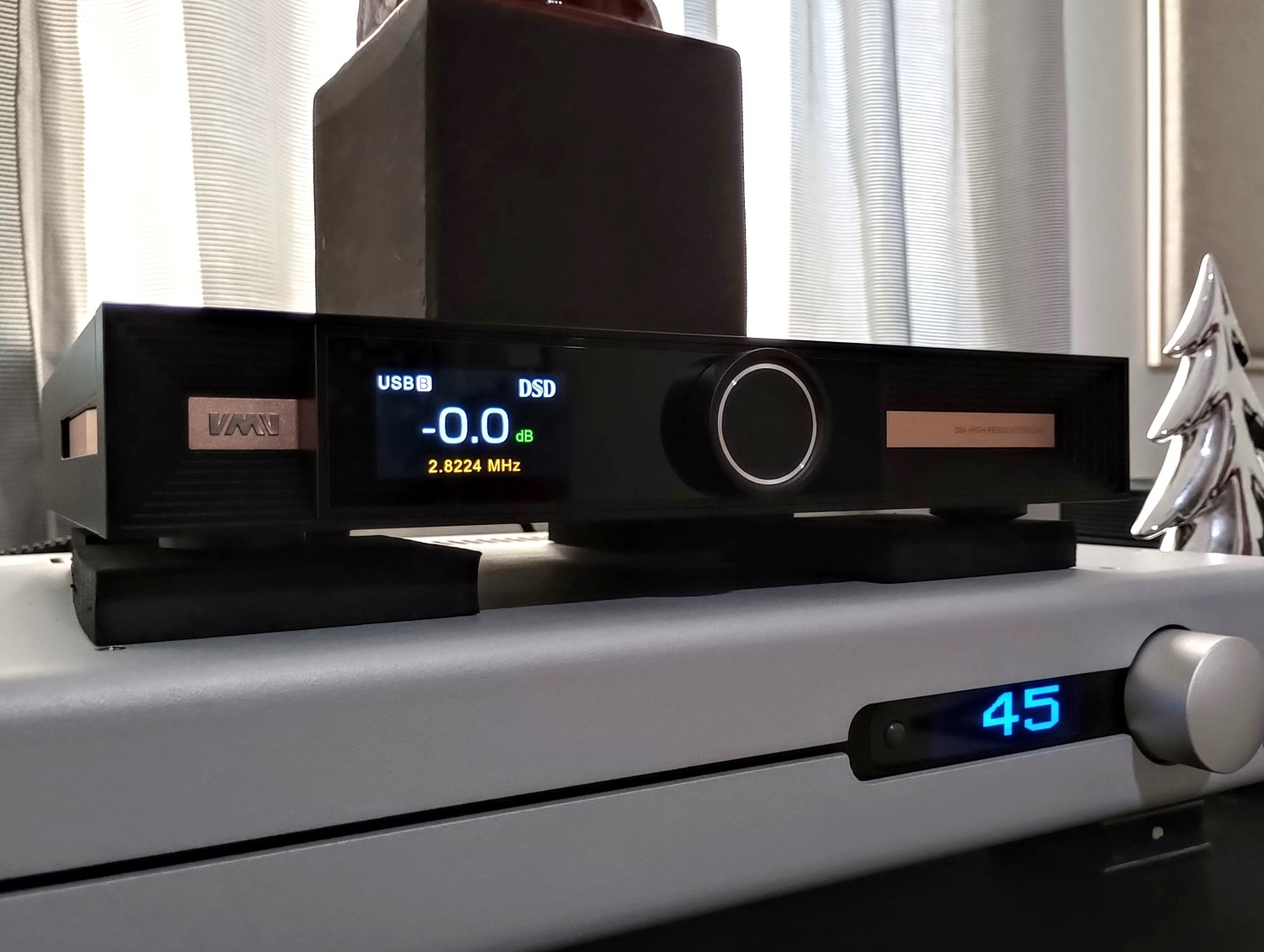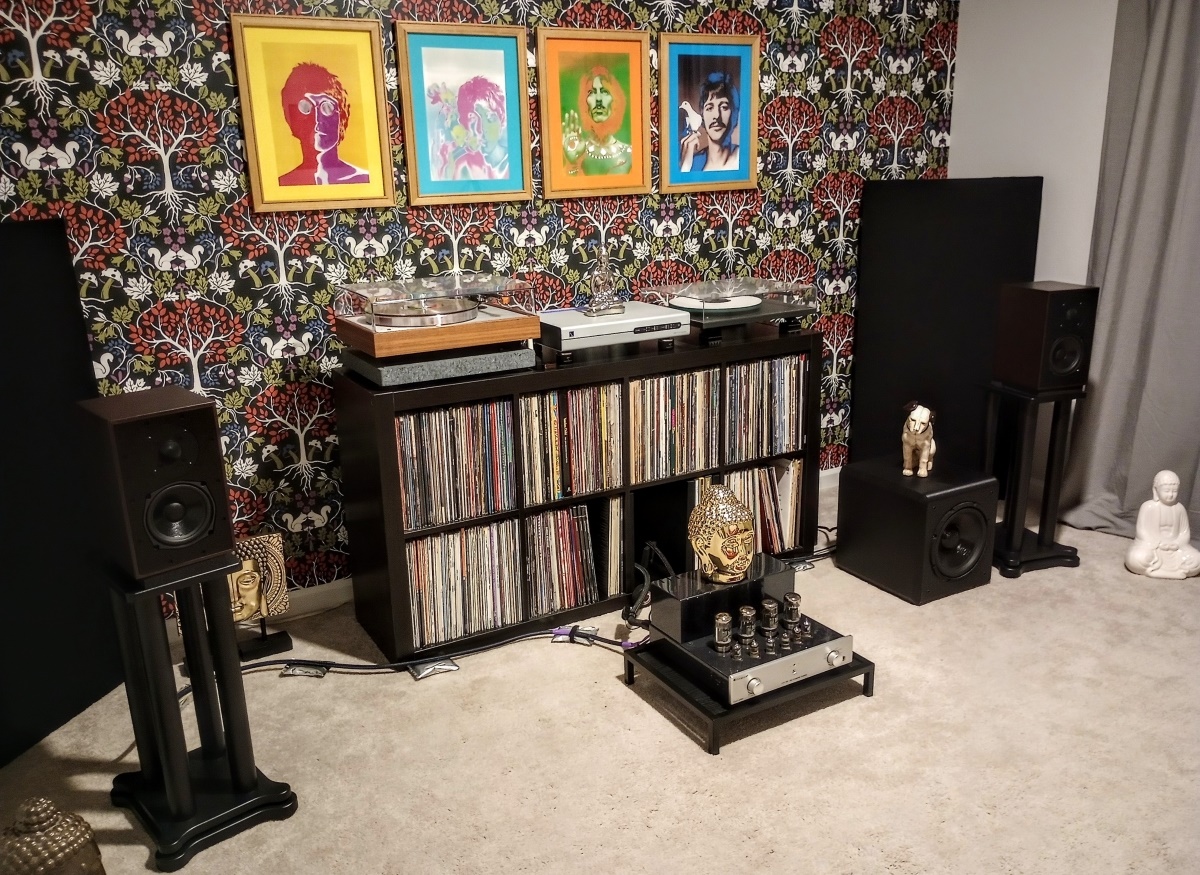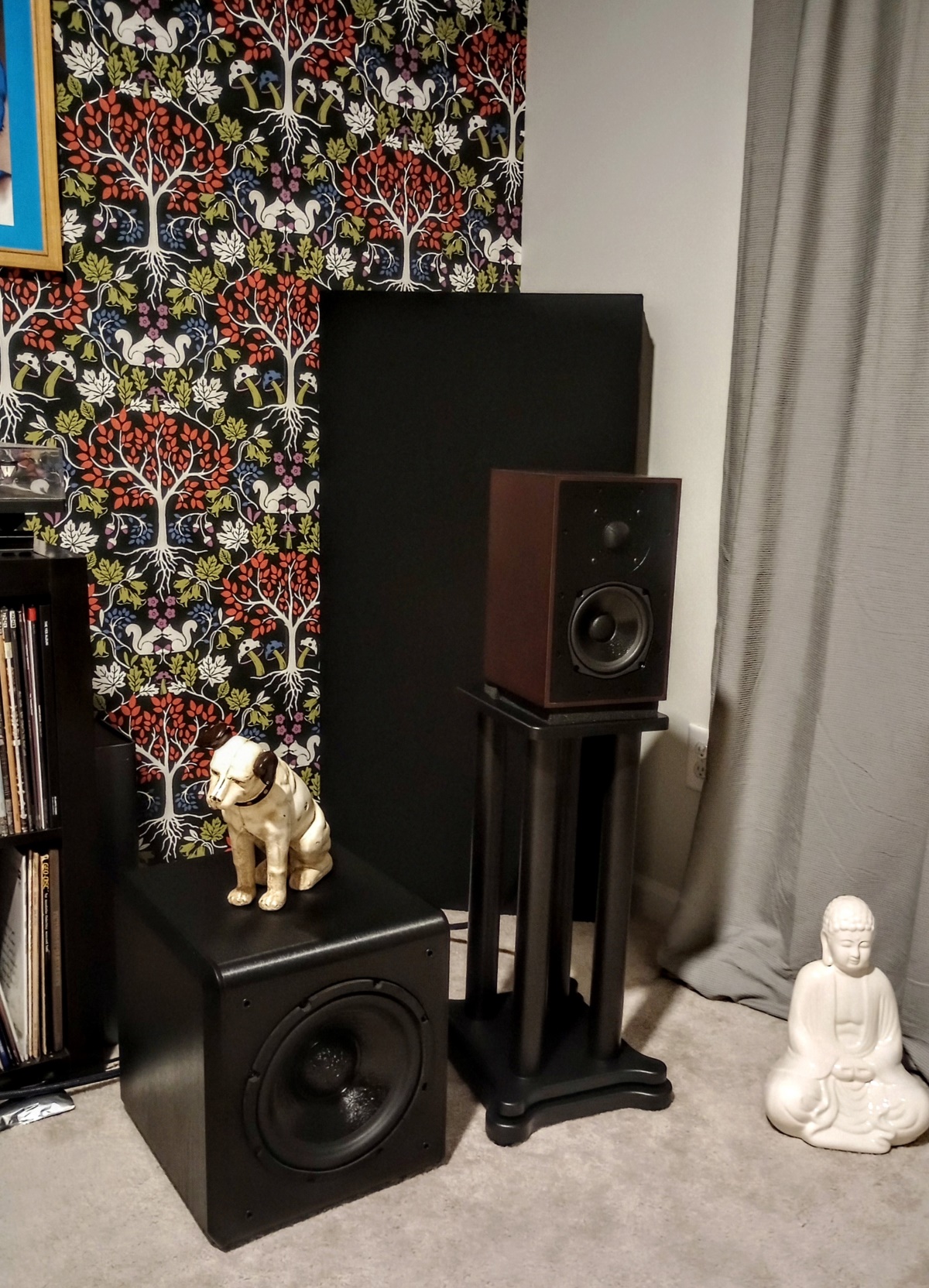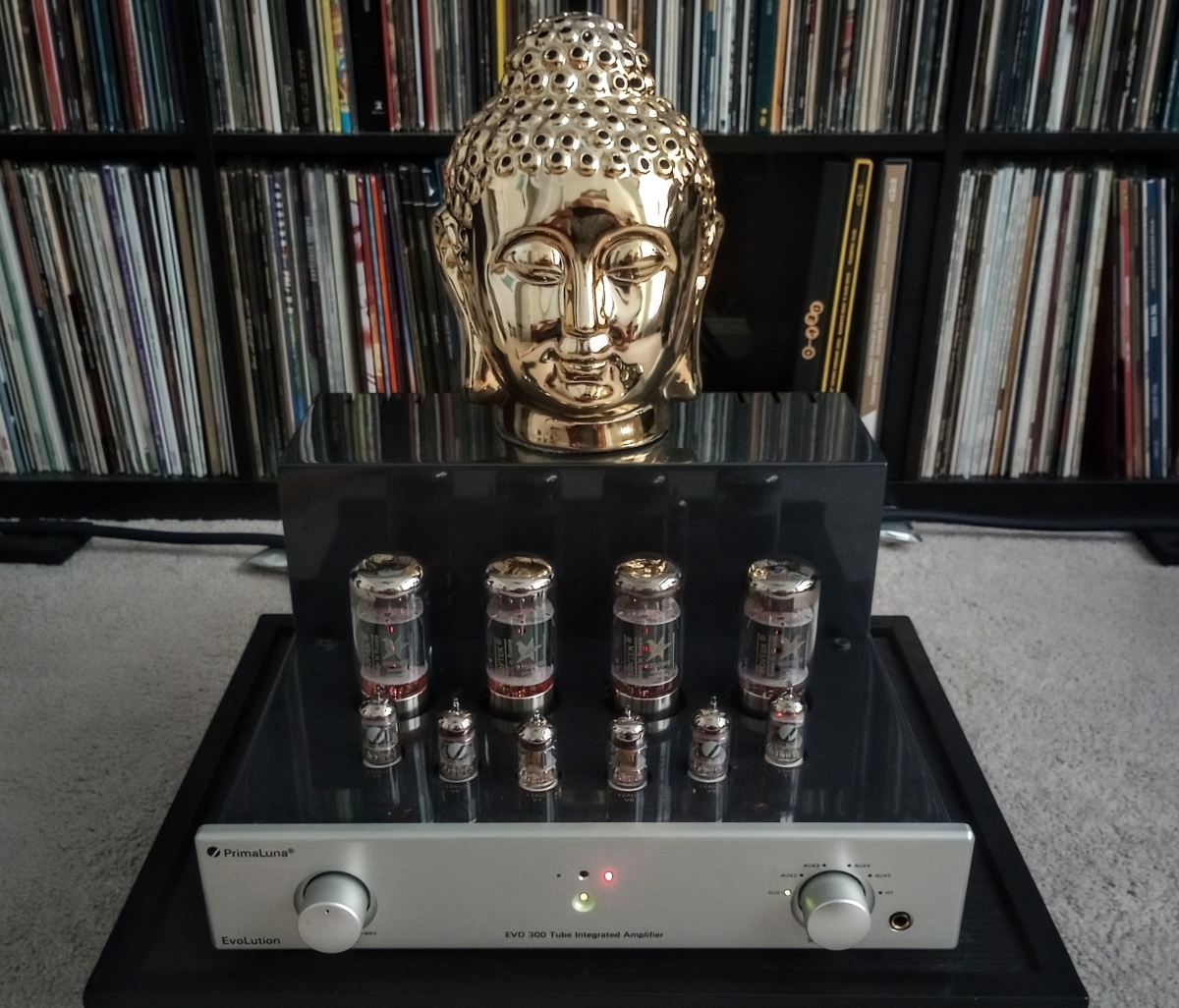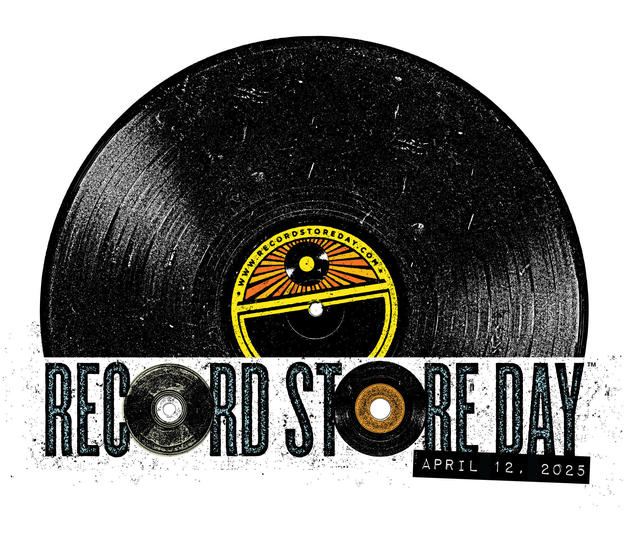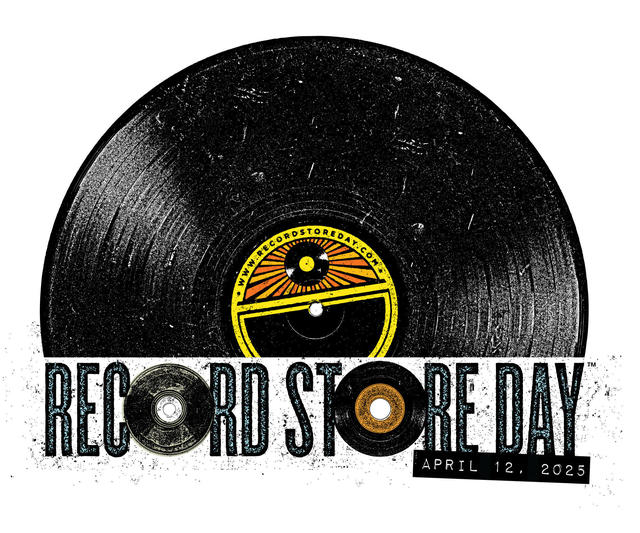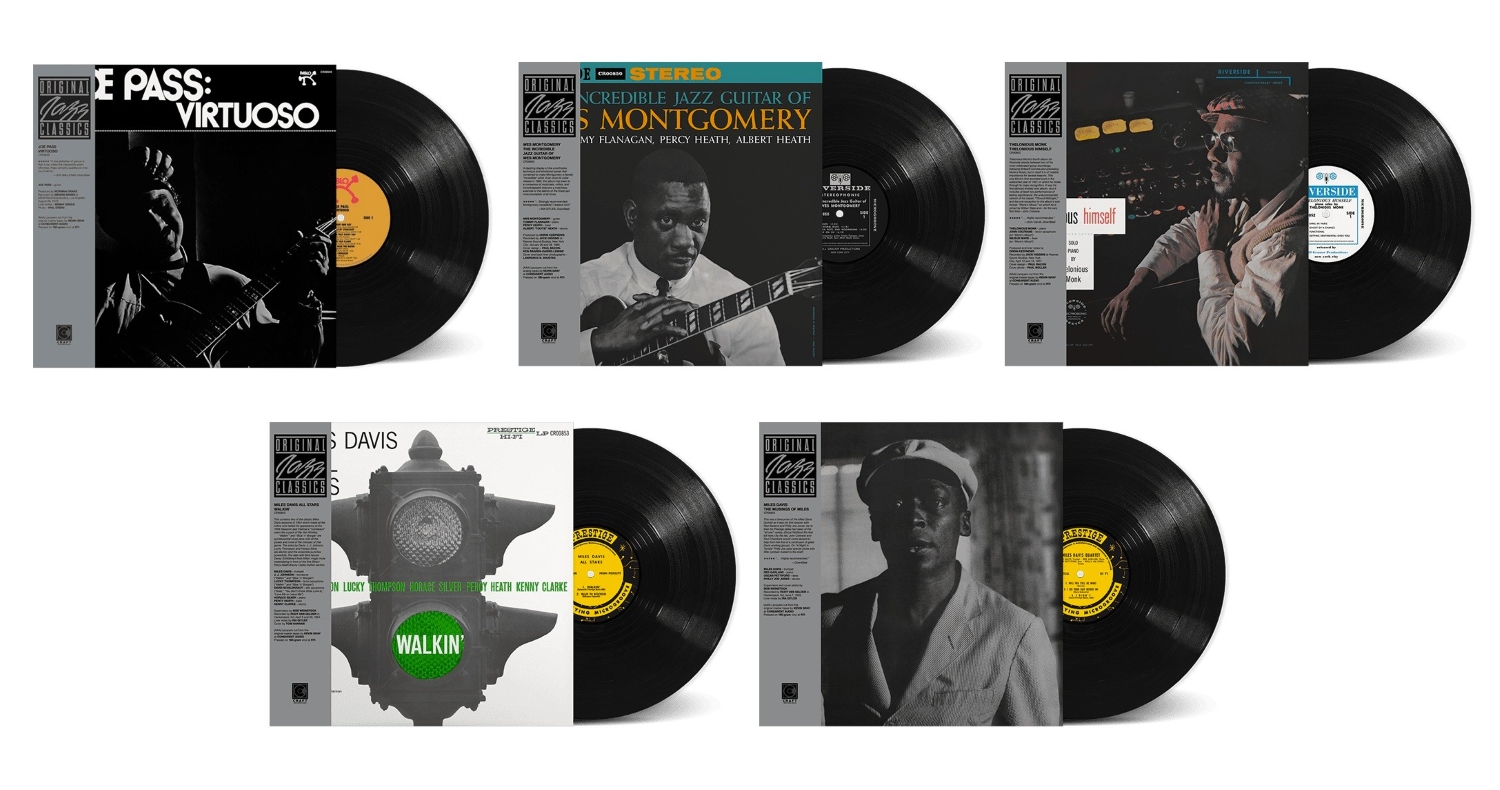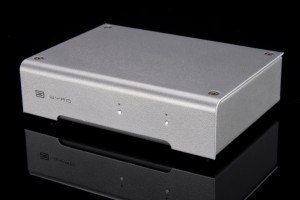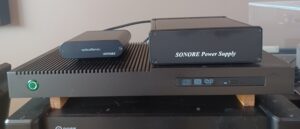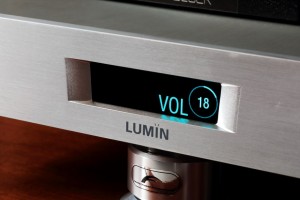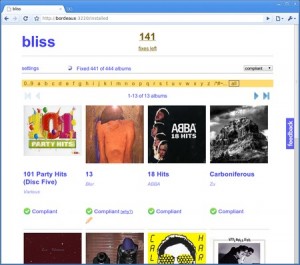Jump back in time to May 2016; Beth and I are going through probably the most difficult period of transition in our lives together. We'd just sold our house of thirty years, and our closing date was rapidly approaching. And we were in a mad scramble to move all our belongings into multiple storage units. And also into my brother's basement, where we'd be living for the next nine months while our new house was being built. All of my stereo equipment was the first thing to go, and had been moved into storage several months earlier, at the behest of our realtor. "Your house won't sell with all that stereo junk cluttering everything up!" was the mantra. So, I'm an audio guy, and for months on end, my system basically consists of my laptop, an AudioQuest DragonFly, a couple of pairs of headphones, and a couple of portable digital audio player / DACs. It was the worst situation possible! And nearly intolerable.
As all this was happening, I got an email from Dalibor Kasac; he's from somewhere in the EU, and he's hawking a system called the Euphony Drive. It's essentially a digital music player that's loaded onto an M2 SSD; it uses their proprietary operating system, and includes a decent GUI, and some level of organization of your music collection. You provide your own computer—preferably something small, nondescript, and fanless, like an Intel NUC—oh, and RAM, lots of RAM. You simply plug their SSD into the unit, attach it to your DAC and your network, and voila! Amazingly good sounding digital music, instantly.
While, in theory, it sounded pretty great—I was in the worst situation possible to make a review of the Euphony system a reality. I communicated that to Dalibor, and basically told him that it would be probably a minimum of six to nine months before I'd be in any kind of situation to realistically explore Euphony in the comfort of my own home. He was very understanding, and said he'd be in touch; so then we basically played email tag on and off for nearly the next three years. There were numerous system upgrades to the Euphony OS software that occurred during that time period, along with some changes in how it was being marketed to the public. So when the Euphony Summus Music Server actually landed at my doorstep as a complete, one-box solution in late December of last year, I almost didn't know what to do or expect!
Euphony Audio is based in Croatia, in the European Union; as I mentioned earlier, their initial foray into computer-based audio was with a DIY approach. A visit to euphony-audio.com makes it clear on the splash page that the DIY approach is still part of their marketing plan, though they've seemed to abandon the model of selling an SSD preloaded with the Euphony operating system. And, by the way, that's what you're getting—it's an OS, and not an application—so the idea is that you build your own microcomputer, then download the Euphony OS directly to your new microcomputer's SSD. And it becomes your new streamer, music player, and music library organizer. While there are a multitude of choices available to make the DIY model a reality, Dalibor leans heavily towards the Intel NUC architecture. The Euphony OS is optimized to work with an Intel Core i7 processor, and the NUC framework offers a small, elegant, and fanless solution that fits perfectly in the listening room environment. And can be easily built at a considerable cost savings. But if you're more of a plug-and-play kinda guy, the Euphony Summus gives you everything in a turn-key solution, and starting at a very reasonable $2490 USD.
I have to admit, my initial impression of the Euphony Summus based solely on its appearance was, like, OMG! It's a beautiful piece of equipment; a gorgeous, heavily customized Asaka Plato X8, fanless Intel NUC aluminum case that's dominated by an impressively large, machined Euphony logo on the milled aluminum front panel. On presentation points alone, it's astonishingly beautiful! But don't be fooled by the stunning good looks; under the hood, there's an Intel Core i7-8559U 4.5GHz processor that's been hot rodded with 16GB of DDR4 RAM. The Euphony OS resides on a 1TB M2 solid state drive that's attached to the Intel motherboard; you can add additional 2.5-inch SSD storage in increments of 1TB up to 4TB total for all your music files. The supplied review unit had two front panel USB 3.0 ports, along with a power switch; the rear panel includes an additional USB 3.0 port, a USB C port, an HDMI port, and a standard Ethernet LAN socket. The switching power supply that came with the Summus looks basically like one that comes standard with any laptop.
The Euphony Summus attaches to your audio system not unlike most other digital streamers. I have a hard-wired Ethernet network throughout my home, so I simply placed the Summus unit on my equipment rack and attached it to my home network using a Blue Jeans Cable Cat 6a cable. That cable is connected to a wall-mounted keystone jack that's inside my listening room behind the equipment rack; the room on the other side of the jack plate is in my basement storage area where my home network equipment resides. It's also directly attached via BJC Cat 6a to a Fidelizer Etherstream audiophile network switch that's directly attached to a TP Link cable modem / router. So there's no garbage in between to add any noise or muck with the purity of the sound. My laptop contains my Roon core on a Samsung 960 EVO M2 SSD, and there's an additional 2TB Samsung 860 EVO 2.5-inch SSD attached that contains the bulk of my music library. The laptop generally resides at a workstation in my living room, and is connected via BJC Cat 6a to a hardwired connection that's also directly connected to the Fidelizer Etherstream switch. I firmly believe in the power of hardwiring, and I rarely ever suffer any hiccups or dropouts during music playback.
Scrolling through the Euphony Summus main page offers multiple choices for audio playback.
I attached the Summus to my PS Audio Gain Cell DAC's USB input; there's a JCAT USB Isolator between them to provide galvanic isolation—I'm totally sold on that idea as well. The Summus looks beautiful on the rack, and offers a perfectionist integration into your audio system; its appearance is that of a really elegant, half-rack size audio component. And I love the fact that there's no fan noise to intrude on your music enjoyment. Control of the Summus and the Euphony system is managed by an app that you load onto your Android tablet or iPad. With just the basic connections and the app loaded to my tablet, I had music playing in next to no time at all.
Roon integration with Summus is very uncomplicated.
The Summus offers several big selling points to the serious audiophile who might be interested in exploring digital music streaming. Beside the unit's great appearance, it has some seriously well-engineered software that helps to improve music playback by reducing the amount of required CPU usage to an absurdly low level. And here's where the seemingly overkill 16GB of RAM comes into play—in two of the available playback modes, Euphony uses a ramroot process where your files are loaded into RAM and played entirely from memory. This offers the potential for a tremendous advance in sound quality over conventional playback. And the Summus is designed to accommodate a couple of different trains of thought in computer audio playback; if so desired, you can load your music files into the drive(s) installed within the unit, and it can serve as a fully-functional streamer / player / library organizer. Those with Roon or HQPlayer accounts will probably be more interested in the second option, which is a dual-PC arrangement. In which a second PC—like a laptop on which your Roon core resides—is also used for the Summus to easily access (via your home network) your Roon library as well as streaming accounts like Tidal or Qobuz.
Playback with the Stylus End Point mode is the preferred setup for Roon.
Having had an extensive amount of contact with Dalibor, his Croatian cohort Robert Devcic, and Euphony Audio's stateside representative, Arthur Power—it didn't really take long to get up to speed with the Euphony OS. The level of compatibility and functionality are superb; the Summus plays well with Roon, HQPlayer, Squeezelite, and AirPlay, and it also supports both Tidal and Qobuz. It only took a few minutes to figure out the flow of the Euphony app on both my laptop and Android tablet, and setup was actually very uncomplicated, if perhaps not entirely intuitive. And I've only experienced two minor snags during my experience thus far. My DAC was set up for DSD playback via DOP; the Summus settings panel needed a very minor tweak to change DSD playback to DSD direct to fix the problem.
But I found the process for loading music files onto the Summus' internal drive to be a bit less clear. I assumed that you could simply access your files from the network and copy them onto the internal SSD; that didn't work too well for me, but I quickly discovered that I could plug my external Samsung SSD directly into one of the auxiliary USB ports of the Summus. The drive was instantly seen by the Euphony OS, and that allowed the transfer of files to take place much more effortlessly. Dalibor had suggested that I load some of my music files onto the internal SSD to get an idea of the quality of playback offered by the ramroot configuration of the Stylus player.
The Summus GUI when using the Stylus playback mode is very well designed.
I initially started listening through the Roon Server and Roon Bridge modes, which allowed me to very quickly access my music library and Tidal and Qobuz streaming with my Android tablet. But Dalibor strongly encouraged me to try both the Stylus and Stylus EP functions; those are the two playback modes that employ the ramroot configuration. Once I'd mastered the file transfer protocol, I was able to enjoy the Stylus player very quickly. However, the connection of the Stylus EP player was a bit more involved; you have to go into Roon's Audio menus and enable HQPlayer in order to get Stylus EP to work properly. Stylus EP doesn't emulate HQPlayer—for example, it doesn't upsample the way HQPlayer does—and Dalibor refers to this connection scheme as his "backdoor" solution. And it works perfectly to allow you to access your Roon library with Stylus EP's superior ramroot playback.
You simply enable the HQPlayer option in Roon to access Stylus End Point.
Euphony's choice of "Stylus" to describe their digital playback system correlates with analog playback of LPs, and the analog stylus' retrieval of music from the LPs grooves. And how strongly they feel that Euphony Stylus playback will give you the best, most analog-sounding digital replay you'll likely ever experience. I spent several weeks listening mostly to my Roon library via the Stylus EP mode; during that period, I listened to music of just about every genre. Including a lot of jazz, classical, vocals, rock, prog, folk—you can just about name it and I've probably been listening to it. I have a pretty strong opinion of DSD playback; I have quite a few DSD files (and a ton of SACDs), and I feel that DSD is definitely a superior playback medium. DSD files typically have a broader dynamic range compared to their lower-resolution PCM counterparts—and in my opinion—generally offer a more organic, euphonic, and more musical listening experience. Much in the same way that LPs do! Don't take that as an absolute diss of PCM; the vast majority of my listening is done with PCM-based rips of my CD collection. Which is typically the kind of music that I most often listen to. And high-res PCM downloads sound pretty great, too!
During the review period, all my listening was done with the new Bel Canto e1X stereo power amplifier; it's a Class D design, with 500 watts per channel into 4 ohms and 27 amperes of available current. Which perfectly matches the needs of the power-hungry Magneplanar LRS loudspeakers that have become my everyday speaker of choice in recent months. The PS Audio / Bel Canto / Magneplanar combination provided the kind of to-die-for sound that you just don't encounter every day. Offering an inherently organic musical experience, with amazing soundstage realism and a vibrantly nuanced tonal palette that almost defies description. Creating a perfect setting for the Euphony Summus to showcase the caliber of its resolve.
One of the best-sounding DSD downloads I own is the 1970 Cat Stevens' release Tea for the Tillerman, where he set the framework for a string of near-perfect albums throughout the seventies. The DSD version betters my PCM FLAC rip of the CD in every conceivable way; listening to it through the Euphony Summus Stylus EP mode is an effortless and completely non fatiguing experience. There's improved depth of field, and greater focus and image specificity; it's as if Cat Stevens is right there in your listening room. It's not at all unlike listening to a familiar and friendly LP on a good system. This is one of those recordings where the Magneplanars simply disappear into the background and get out of the way of the music, allowing you to quite literally close your eyes and envision Cat Stevens playing before you. Songs like "Wild World," "Sad Lisa," and "Into White" are rendered with more subtlety of shading and a greater degree of fine detail; listening through the Stylus EP mode offered a truly revealing experience. And the overall effect of the recording is perhaps portrayed with more poignancy here than through the PCM version—which, while still a very good listen, just isn't in the same league sonically.
Another great-sounding DSD download and a truly magnificent performance is from conductor Eiji Oue, Rachmaninoff: Symphonic Dances, on the Reference Recordings label. This disc got everybody's best of the year awards when released in 2001, and it's a blockbuster recording that ticks all the boxes in terms of musicality and unrestrained dynamics. The Stylus EP mode grants this music an even greater sense of realism than I'd previously ever experienced; the Minnesota Orchestra's string tone is truly sumptuous, and the battery of percussion is heart-pounding and absolutely breathtaking. The Magneplanars grant this music a spaciously wide acoustical presentation; you absolutely believe that you're front and center in the first few rows of Orchestra Hall in Minneapolis. This is undeniably one of the finest recordings Keith Johnson ever made for Reference. To call this music thrilling is the understatement of the year.
I know in the audiophile world, we tend to obsess over recordings that are of the highest fidelity. And it's really great to be able to simply press play to start a magnificent selection and wow our friends or neighbors (or even ourselves!) on occasion with incredible goodness and shocking dynamics. But what about the music we tend to listen to when it's just us—shouldn't it also sound great?
One of my favorite albums from the seventies is by the British band the Strawbs, 1974's Hero and Heroine, on the A&M label. Despite their acoustic origins, the Strawbs eventually ended up in the Progressive Rock classification, and it's entirely fitting for a band that's mostly known for losing Rick Wakeman to Yes early on. I bought this album new, never having heard a track; within weeks, it was all over the airwaves on local Atlanta station 96 Rock. Then the Strawbs basically disappeared from the airwaves, and pretty much from the consciousness of the music-buying public. Anyway, I've listened to this album countless times; I still have the vinyl, but have always felt the digital files were a less than fulfilling listen. Just for giggles a few days ago, I put on my FLAC rip of the CD and turned down the lights for a bit of a listen.
How do you spell gobsmacked? My intent was to skim through a couple of tracks, but I ended up listening to the entire record. Principal songwriter, guitarist, and vocalist Dave Cousins possesses a very unique voice that probably would have seemed more at home singing medieval madrigals from the Canterbury Tales. Much less as the lead singer of a prog rock group. All the songs on (what would have been) Side Two flow into each other, starting with the title track "Hero and Heroine;" after the first chorus there's a break where Cousin's unaccompanied but heavily reverb'd and multi-tracked voice shouts out the second verse to absolutely thrilling effect. I might have fallen from my chair, but I was struck absolutely comatose by the song's endearing greatness. The choir that lurks in the background comes in full bore at the song's close, and the effect is simply mesmerizing. This is the sort of thing that makes life worth living for to me, and the Euphony Summus in Stylus EP mode delivered it with a level of clarity and musicality that I'd never heard before, not even from the LP!
The Summus GUI picks up a surprising amount of information from Last.fm in the Stylus mode.
With everything I listened to with the Summus, I repeatedly A/B'd comparisons between the DSD and PCM files I'd uploaded to the Summus' internal SSD that played through the Stylus player, versus the version that was playing through Stylus EP from my Roon library. It made some sense to me that the files that resided on the same disk as the Stylus player would have a minimal transfer path. And perhaps seem more transparent and possibly less gimmicky than those that underwent a transfer function while getting from my laptop and Roon through my network to the Stylus EP player. Both players provided consistently superb sound that gave no clue that anything could possibly cause any difference between the two. So if you're getting a Summus as a stand-alone unit, or adding it to an existing PC in a dual-setup, you can expect nothing short of exceptional sound quality from either choice.
Conclusion
The Euphony Summus performed with absolute perfection throughout the entire review period; if ever there was a glitch—which does occasionally happen in the world of computer-based audio—it usually had nothing to do with the Summus. Something else had likely gone wrong with another app or OS. And regardless of what mode I listened in, the sound quality was really superb, although it goes without saying that the two ramroot-based modes offered really exceptional sound quality. Is almost $2500 USD too much for a perfectionist, single-box solution to all your streaming and digital music playback needs? Not at all, it's actually quite a bargain compared to some that I've seen (and even had in-house!); at the recent Florida Audio Expo, I saw a number of devices along the same lines of the Summus that retailed for anywhere from $5K to upwards of $10K. That makes the Summus seem more like a runaway best-buy! Many thanks to Dalibor Kasac and Arthur Power for all their willing assistance throughout the process. And next time, I promise it won't take three years to make the review a reality! The Euphony Summus is very highly recommended!
Summus Music Server
Retail: $2490 USD (as reviewed)
Euphony OS License
Retail: $289 USD
Euphony Audio
All images courtesy of the author and Euphony Audio





